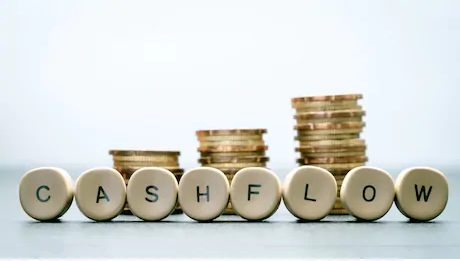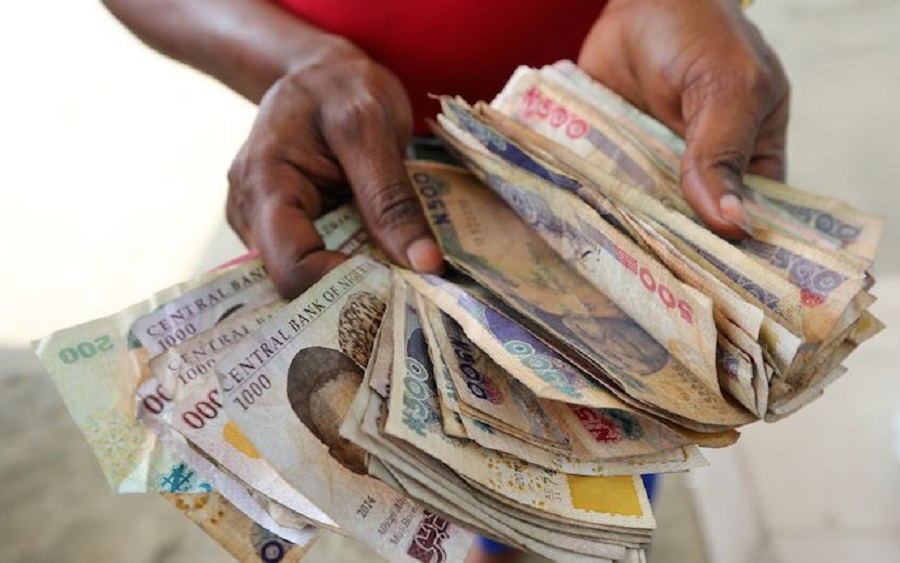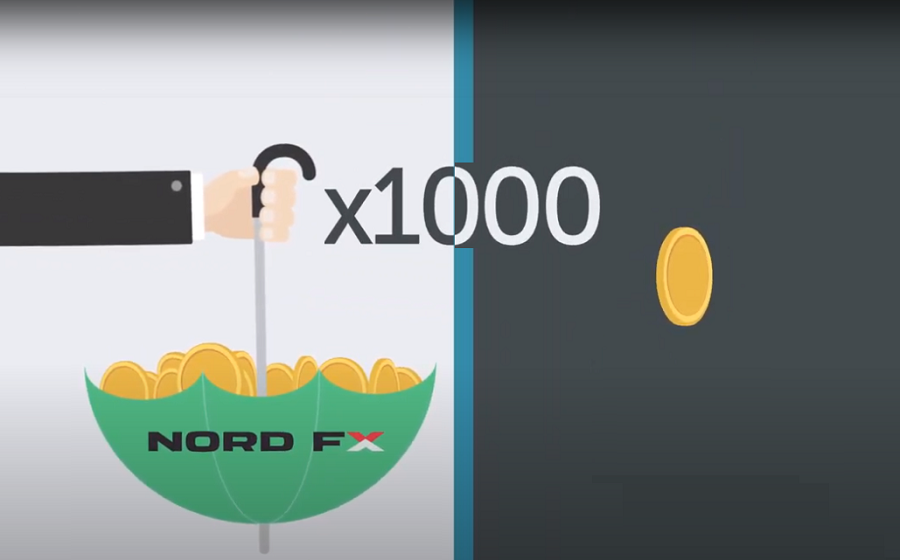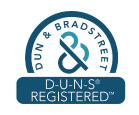It is key to discuss cash under the three themes of Liquidity, Leverage, and Cashflow. These concepts are interrelated, but each has different impacts on your financial plan.
Cashflow
It captures only cash transactions and is simply the amount of cash flowing in and out of your business or person. Hence, if you buy an asset and issue a Purchase Order to pay a supplier in 90 days, that transaction will not show up on your cash flow.
As an illustration, if Emeka buys a TV with N200,000 but issued a cheque for N100,000 cashable in 90 days; only N100,000 will be captured leaving his cash position. Thus, Emeka has positive cash flow and negative leverage, because his debt has gone up.
For Okafor, the seller who received half of the proceeds in cash, he may be liquid but cannot replace his stock due to lack of enough cash flow. He may have to leverage to generate cash. Should he need cash, he can create liquidity from his paper check of N100,000 by discounting to cash before 90 days, but at a cost.
You must be aware of negative and positive cash flow and avoid as much as possible, generating cash from financing activities i.e. borrowing to fund non-income generating assets or activities.
Liquidity
It is determined by how fast an asset can be converted into cash. If Okafor gets a cheque offer from Dangote Cement and another from Emeka to pay for a TV, which do you think he will accept all things being equal? Most likely the Corporate cheque, because he perceives that it is easier to discount to cash; thus, more liquid than the individual cheque.
Federally issued bonds are said to be less risky than State or Corporate bonds of similar tenor because the issuer (the FGN) is more liquid than the States or even Corporates.
The same can be said of Equities. Stocks that are traded more often and held by more investors are more liquid and commands a better premium to the bonds of a similar company. This is one reason large blue-chip stocks command higher market prices, the investors are also paying for the ease of liquidity.
A good metric for measuring liquidity has to be the Acid Test liquidity ratio that determines how easy it is for you to generate cash in an emergency. It is calculated by dividing your assets by your liabilities, but the key is that the assets are stripped off all hard assets and will include only cash and easily marketable securities and commodities like gold that can be sold. The higher the ratio the better.
Leverage
Simply put, leverage is borrowing. You can borrow to increase potential profits or to meet an obligation that is due. When cash is borrowed, it must be paid back with a cost called interest. Leverage can produce cash flow and liquidity, but no firm or household can remain a going concern solely on cashflow financed by leverage.
Eventually, the interest cost will swell and more of future operating cash generated by the firm or household will be earmarked to pay off interest, leaving the principal to remain and generate more interest cost.
In the earlier example, Emeka used leverage to buy the TV and gave Okafor a cheque, who will in turn generate cash flow by liquidating the instrument from Emeka.
Bottomline
A good leverage analysis is to calculate your Leverage Ratio. To determine your leverage ratio, list out all your liabilities, divide by your total assets, and multiply by 100. The answer tells you how much of your assets are financed by debt i.e. leverage ratio.
Hence, you can have positive cash flow, be liquid but be highly leveraged, which is not ideal. The rule of thumb says the lower the leverage ratio, the better.
Summarily, with cash, you must be aware of the implication in terms of cash flow, liquidity, and leverage.

















